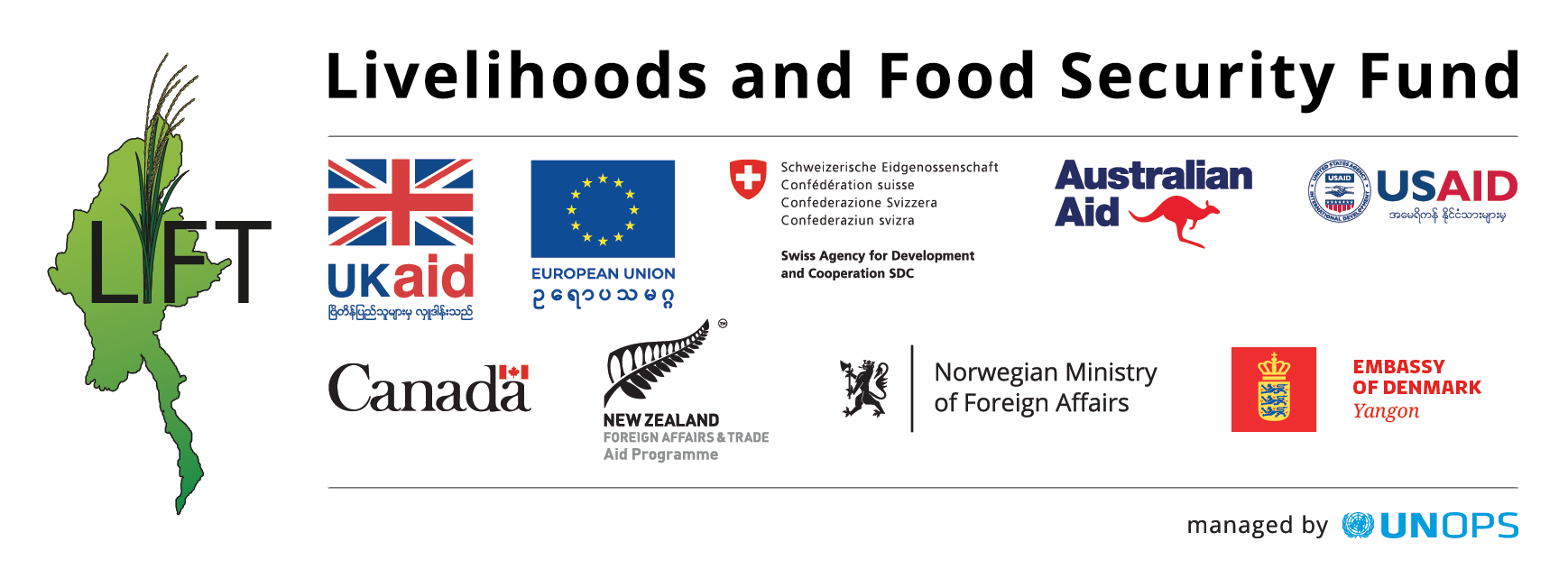
This report explores ways to improve agriculture and the rural economy in Myanmar's Dry Zone. The results are based on information from almost 950 crop-producing households on area planted, quantities harvested and sold, and total crop production costs for the 13 predominant crops in the Dry Zone, based on a reference period of the past 12 months prior to the survey interview. The survey also collected parcel-level data on the household’s main parcel that was planted to at least one of four main crops of interest, namely paddy, groundnut, sesame and green gram. The parcel-level data includes information by season on seeds and other inputs applied to each crop, use of family and hired labor, use of mechanization and/or draft animal power, irrigation costs, and harvested quantities. Key findings cover land access and use, access to irrigation, input use, crop yields, crop profitability,


